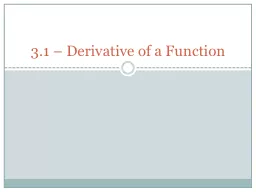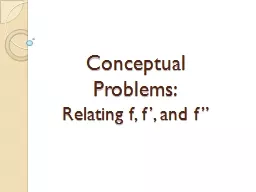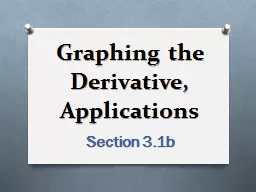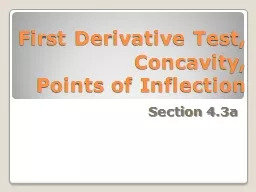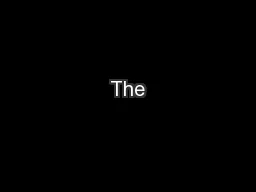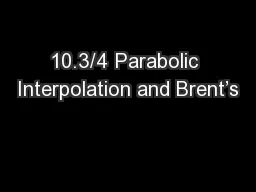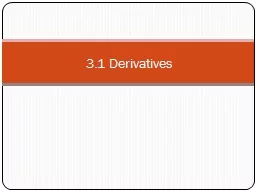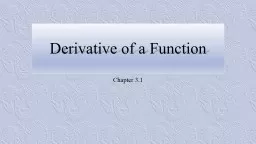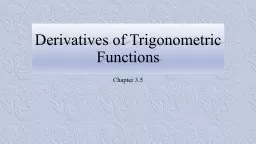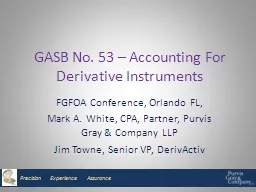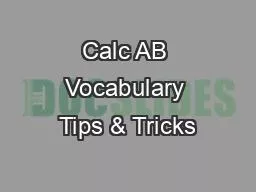PPT-3.1 – Derivative of a Function
Author : natalia-silvester | Published Date : 2018-03-12
Slope of the Tangent Line If f is defined on an open interval containing c and the limit exists then and the line through c f c with slope m is the line
Presentation Embed Code
Download Presentation
Download Presentation The PPT/PDF document "3.1 – Derivative of a Function" is the property of its rightful owner. Permission is granted to download and print the materials on this website for personal, non-commercial use only, and to display it on your personal computer provided you do not modify the materials and that you retain all copyright notices contained in the materials. By downloading content from our website, you accept the terms of this agreement.
3.1 – Derivative of a Function: Transcript
Download Rules Of Document
"3.1 – Derivative of a Function"The content belongs to its owner. You may download and print it for personal use, without modification, and keep all copyright notices. By downloading, you agree to these terms.
Related Documents

